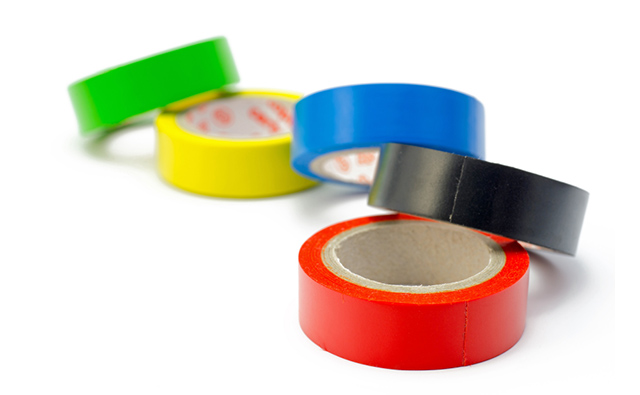Industry News, Adhesives & Sealants & Tackifiers
Novel acrylic-fluorine networks for pressure sensitive adhesives

Industry News, Adhesives & Sealants & Tackifiers

Image: Fotolia.com
The objective of a study was to design novel acrylic-fluorine networks as the replacement of fluorinated polyacylate for pressure sensitive adhesive (PSA) applications.
Firstly, two effective strategies have been developed to achieve functional poly(VDF-co-HFP) copolymers based on commercial fluoropolymers. The first approach extensively involved the facile chemical degradation of commercial poly(VDF-co-HFP) copolymers to obtain telechelic cooligomers. The second route dealt with the preparation of functional fluoropolymers grafted by multiplex acrylate.
Then these two functional and original products were applied as precursors of acrylic-fluorine hybrid networks in situ polymerisation with acrylic monomers. In contrast to original fluoropolymers, functional poly(VDF-co-HFP) copolymers exhibited better compatibility with acrylic chain, especially after crosslinking by aluminium acetylacetonate. Peel strength and shear holding power measurements indicated that acrylic-fluorine hybrid networks can find their potential applications in low surface energy fluorinated PSAs.
The study is published in: Applied Polymer Science, Volume 135, Issue 12, March 20, 2018.
Considerations of functional fluoropolymer structure in the design of acrylic–fluorine hybrid PSAs: Graft versus telechelic cooligomers
The objectives of this present article are to design and compare novel acrylic-fluorine networks as the replacement of fluorinated polyacylate for adhesives application. Firstly, two effective strategies have been developed to achieve functional poly(VDF-co-HFP) copolymers based on commercial fluoropolymers. The first approach extensively involved the facile chemical degradation of commercial poly(VDF-co-HFP) copolymers to obtain telechelic cooligomers. The second route dealt with the preparation of functional fluoropolymers grafted by multiplex acrylate. Then these two functional and original products were applied as precursors of acrylic-fluorine hybrid networks in situ polymerization with acrylic monomers. In contrast to original fluoropolymers, functional poly(VDF-co-HFP) copolymers exhibited better compatibility with acrylic chain, especially after crosslinking by aluminium acetylacetonate. Additionally, the surface properties of acrylic-fluorine hybrid networks were discussed based on the SEM and contact angle test. Finally, the peel strength and shear holding power measurements indicated that acrylic-fluorine hybrid networks can find their potential applications in low surface energy fluorinated PSAs. © 2017 Wiley Periodicals, Inc. J. Appl. Polym. Sci. 2018, 135, 46038.